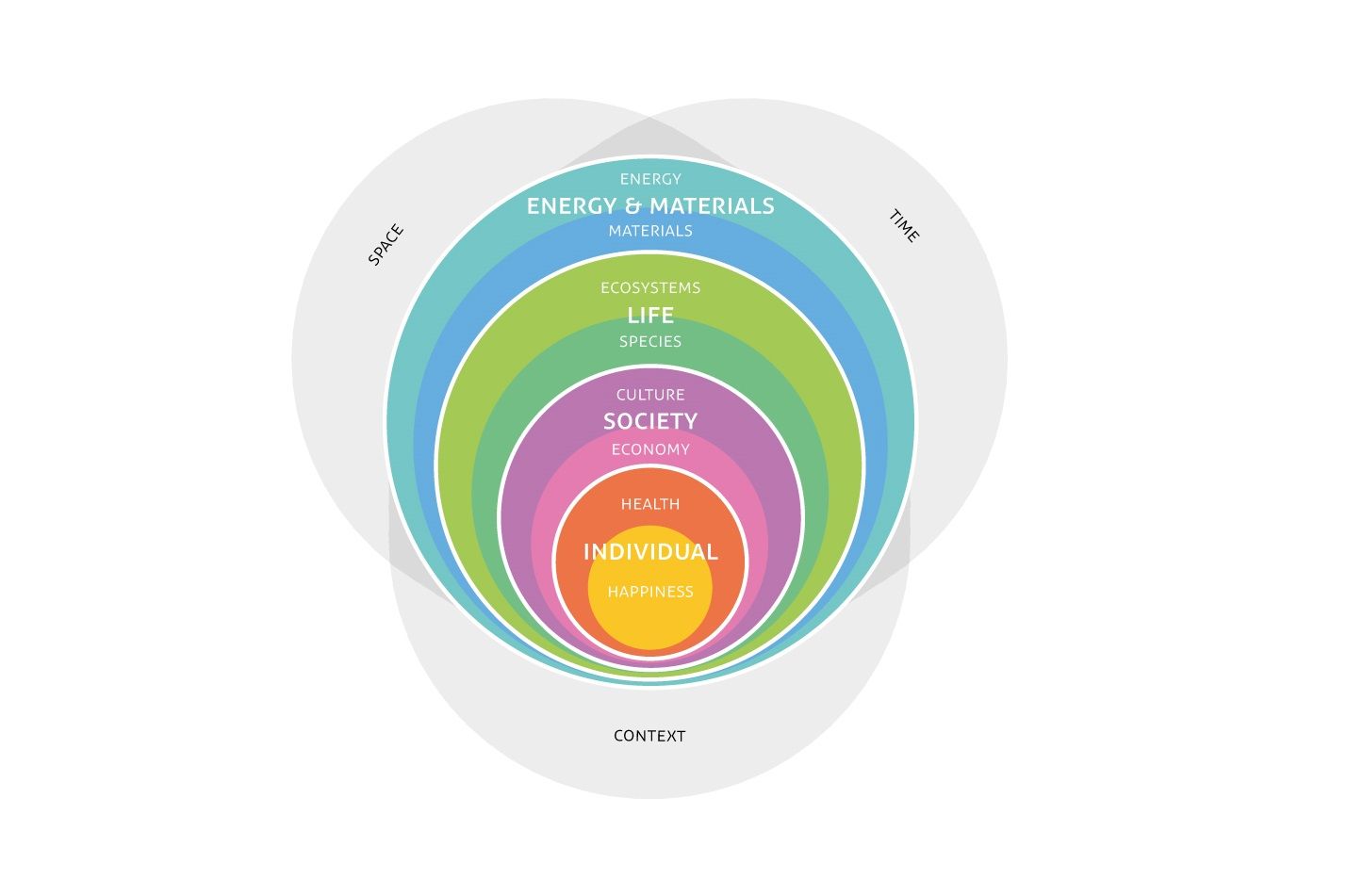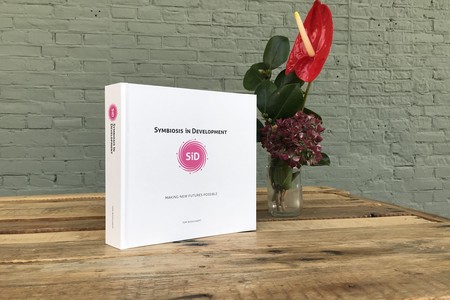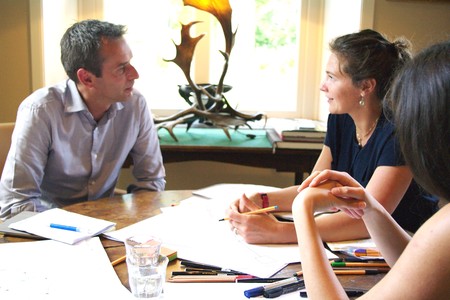ELSI is a systems categorization tool that helps users get the deep insight needed for integrated analysis, solution finding, and genuinely sustainable development. It is an integral and inherently powerful tool in the Symbiosis in Development (SiD) sustainability methodology. It replaces the more familiar 3 P's sustainability framework that suggests only "people, planet, and profit" should be considered. The ELSI framework goes beyond this by offering a structured approach that generates more holistic observations, deeper understandings of a system, and as a result, more innovative actions.
One of the main difficulties of designing truly sustainable solutions is the complexity of scope and domain that need to be taken into account. Projects often focus on one or at most a few subject areas, such as energy, waste, or materials. It is rare for a project to be developed that aims to be sustainable in a truly integrated sense.
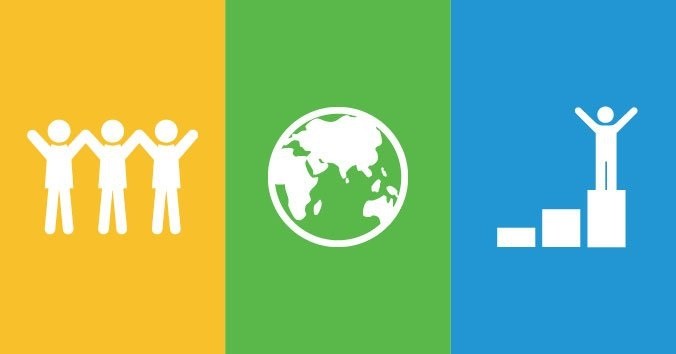
What about the 3 P's?
"People, planet, and profit" has been the most familiar assessment tool and the trope of many working in management or development over the last few decades to help address sustainability and pinpoint areas of impact. It's also commonly known as the triple bottom line or, simply, Triple P.
While this approach can inspire and be a helpful communication tool, it's inadequate to fully realize the broad spectrum of sustainability and evaluate a system's current state and future development.
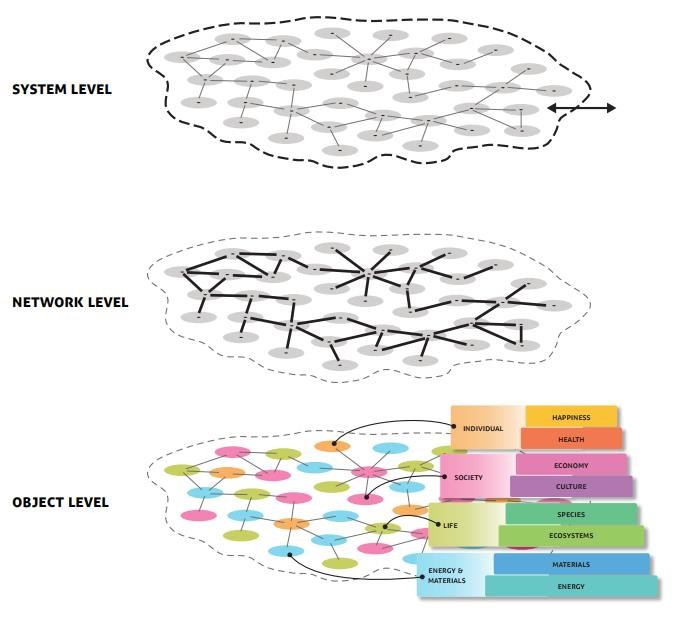
Many have criticized PPP for neglecting complexity, lacking hierarchy, and allowing "profit" to be too highly regarded in the sustainability debate (which explains why it's often replaced with "prosperity"). Using PPP as a structural framework for indicator development or spectrum definition will lead to many unforeseen and undesired externalities.
While this framework is a noble and commendable attempt to improve critical and sustainable thought, ELSA's structure provides a more coherent framework for complete systemic evaluation and categorization.
ELSI in Detail
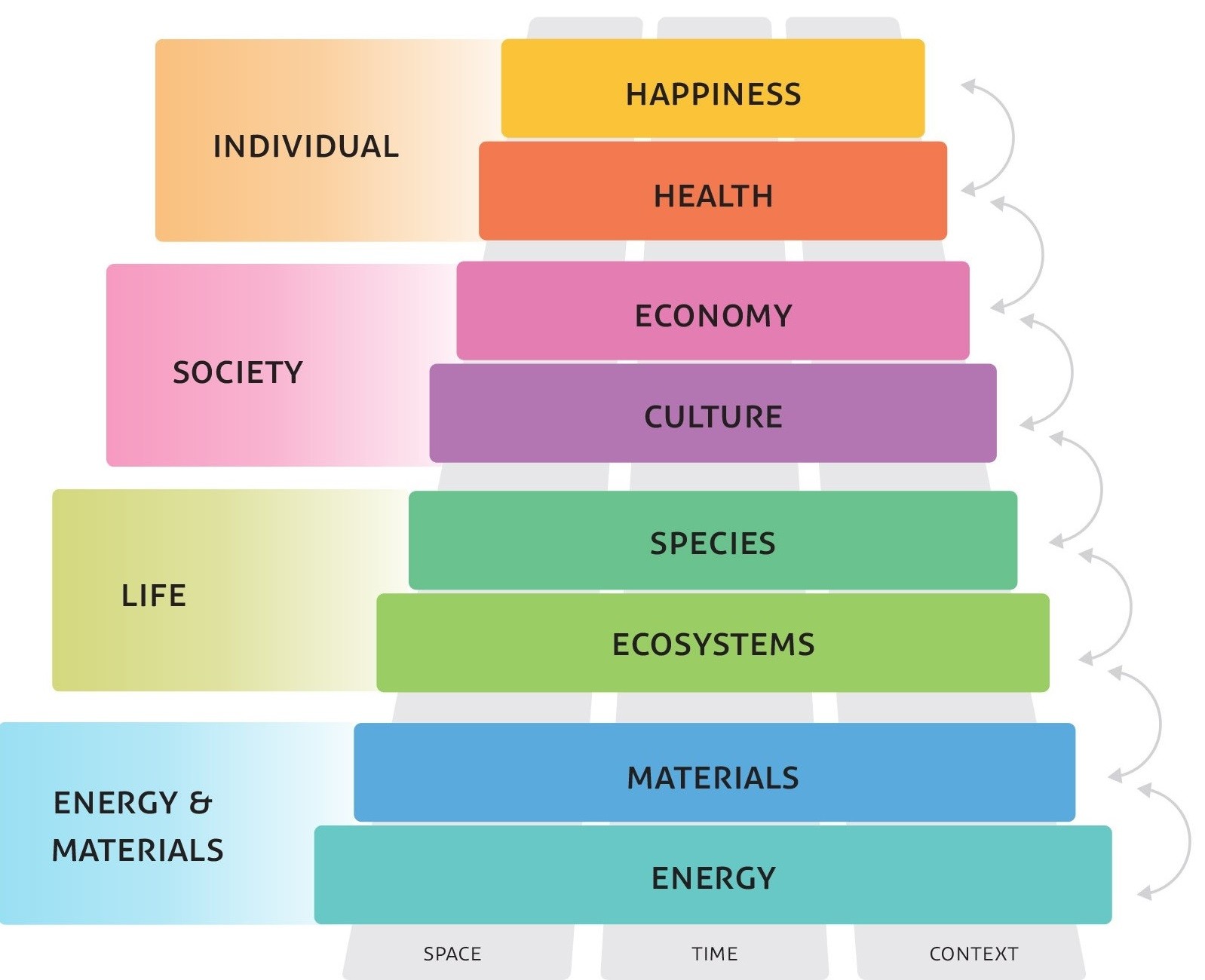
The ELSI system helps map a more extensive set of relationships between the specific project at hand and how it will influence the world around it.
ELSI can be used to address anything from structural management and policy issues, urban design, agriculture, and even community development. It is essentially a tool for “systems thinking” that functions by systematically allowing the user to map relationships between objects.
It can help develop a selection of system indicators, relationships and effects mapping, and many other stages of systems analysis. By taking on such a process, an organization or management team can more easily develop systems that improve certain factors but externalize issues to other key areas.
The Four Main Categories of ELSI
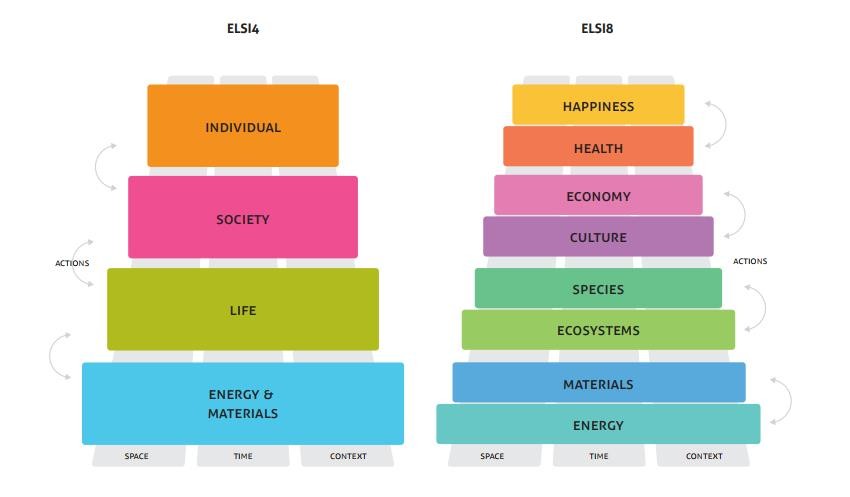
ELSI takes its name from the main categories in the SiD stack system:
- Energy & Materials (Matter)
- Life (Species & Ecosystems)
- Society (Economy & Culture)
- Individual (Health & Happiness)
The ELSI categories are nested to understand better how parts of a system are interrelated. For example, all materials can only come about and are made using energy. Furthermore, all ecosystems come about from materials, of which without species could not exist. Even the economy is a subset of culture, just as each individual is a part of a greater society.
We generally only talk about ELSI4 when communicating the theory. In the process of using it, we must expand the process.
Expanding Categories and ELSI in Use

ELSI can be represented in various ways, either is the SiD ELSI4 or when using it for full assessments we use ELSI8 stack. The illustration is effective tool to help communicate the causal relationship between the different categories and to brainstorm and understand each unque system when carrying otu the SiD methodlogy.
"Happiness" is a goal-oriented category and resides at the top of the stack. "Energy" is considered the most fundamental factor and therefore is found at the base and supporting the systems above.
The ELSI relationship system and SiD Stack are part of Except's Symbiosis in Development (SiD) sustainability framework.
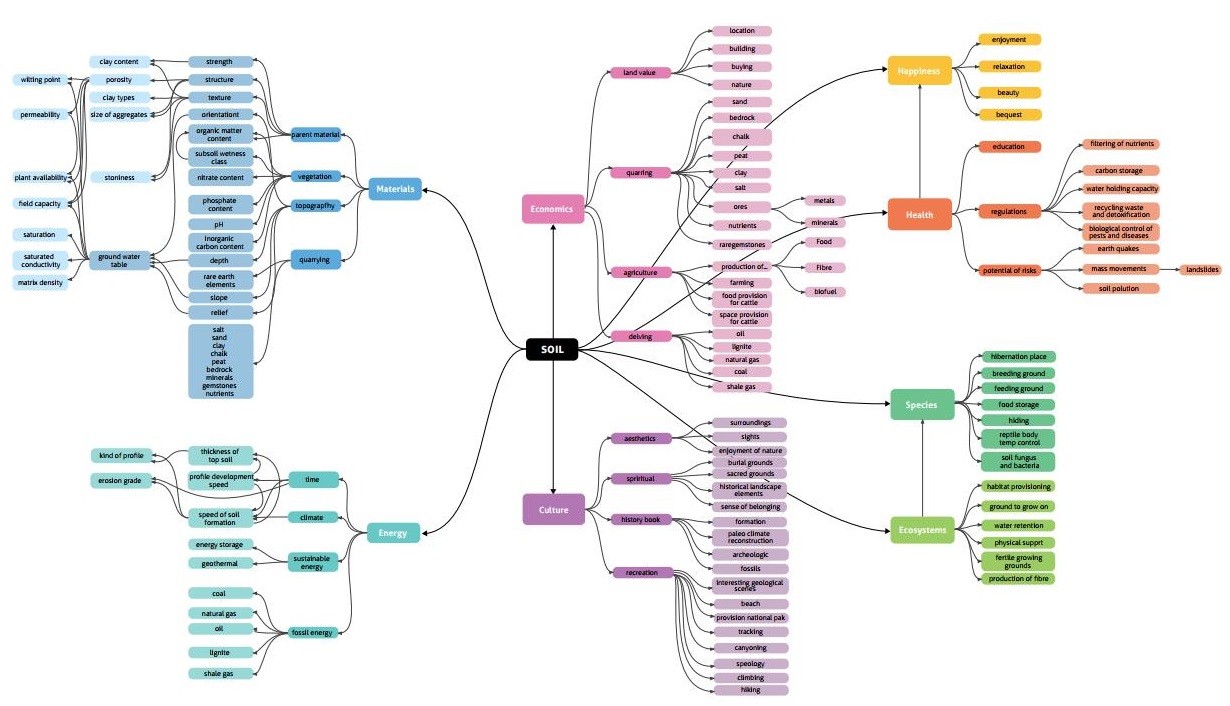
Dec. 19, 2019
